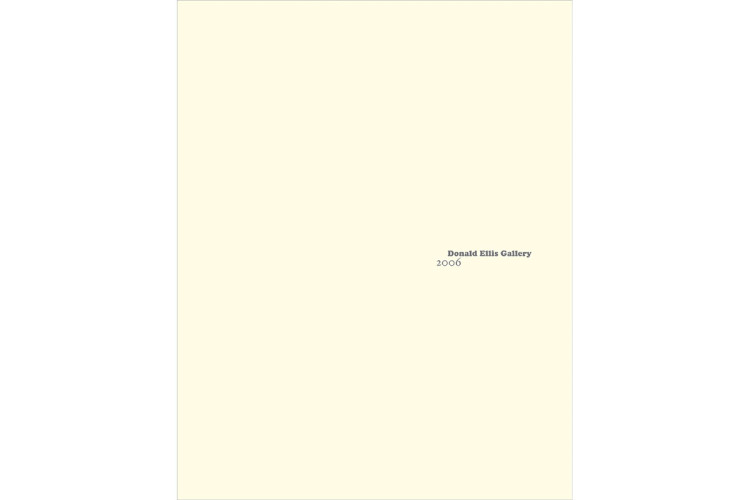
2006
$35.00 USD
200 BCE - 100 CE
marine mammal ivory
height: 5"
Inventory # CE3340
Sold
acquired by the Diker Collection, now at The Metropolitan Museum of Art, NY
Collected at St. Lawrence Island, Alaska, in August, 1972
Donald Ellis Gallery catalogue, 2006, pg. 13
Ancient Eskimo Ivories of the Bering Strait. Wardwell, Allen. New York: Hudson Hills, 1986, pg. 38, pl. 3
La Rime et la Raison: Les Collections Menil Houston-New York). Paris: Editions de la Reunion des Musees Nationaux, 1984, pl. 259
Two thousand years ago, from approximately 200 BCE to 100 CE, a group of early Inuit people lived in a few small coastal villages on St. Lawrence Island and the neighboring Punuk Islands in the Bering Sea off the coast of Alaska. This period, commonly known today as the Okvik period or style, is generally considered to be the earliest of the three Old Bering Sea phases.
Although the Arctic climate of the Bering Strait was harsh, food was plentiful. Large numbers of fish and sea mammals were readily available, and as a result, the Okvik were able to develop a rich artistic tradition. Their skilled hunting abilities provided large quantities of walrus ivory, prized for its workability and beauty. Using stone age technology, this dense, hard material was fashioned into utilitarian implements, as well as a small group of mysterious objects now considered icons of Indigenous art.
Among the most enigmatic of these objects are a number of human figures, of small scale, yet monumental presence. Exhibiting a fine balance between abstraction and natural representation, these figures project a beautifully simplified image of the human form.
The intended purpose of these striking ivories remains a mystery. The current inhabitants of the region refer to these excavated figures as “dolls”, and some anthropologists have concluded that they simply served as children’s toys. Another theory suggests their use as fertility figures, yet a number of the surviving examples appear to be male. Neither theory explains a number of bizarre, monstrous figures that have been recovered.
Regardless of function, subtlety of form, fine line and sense of monumentality, place these figures among the most important surviving examples of Okvik sculpture.

$35.00 USD